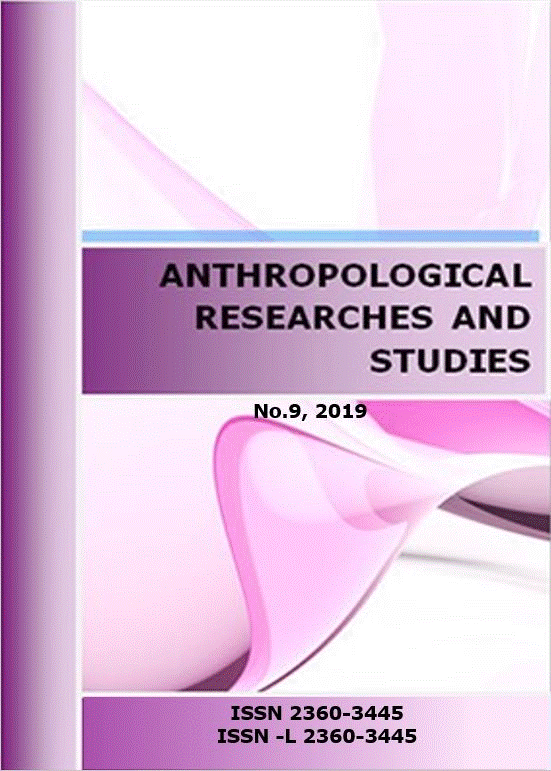Protective factors contributing to teacher-working environment fit in Italian teachers’ sample
Protective factors contributing to teacher-working environment fit in Italian teachers’ sample
Author(s): Simona De Stasio, Francesca Boldrini, Benedetta Ragni, Chiara BacileSubject(s): Social Sciences
Published by: Institutul de Antropologie ,,Francisc I. Rainer” al Academiei Române
Keywords: work environment fit; early childhood teachers; subjective well-being; work engagement
Summary/Abstract: Objectives. Main purposes of our study were to examine in a sample of teachers involved in educational and scholastic services for children between 0 and 6 years old: a) the relationship between work environment fit and some dispositional and socio-contextual variables teachers age; b) the predictive role of subjective happiness, work engagement, collective efficacy and some socio-contextual variables (self/co-regulated proactive strategies) on teachers' working-environment fit. Material and methods. Our sample was composed of 189 full-time in-service teachers (89% female) from Rome, Italy. Age ranged from 27 to 63 years old (M=36.03 years, SD=10.15). All teachers subjected to: Subjective Happiness Scale (Lyubomirsky and Lepper, 1999), Utrecht Work Engagement Scale (UWES-17; Schaufeli and Bakker, 2004, Italian version of UWES-17, validated by Balducci, Fraccaroli and Schaufeli, 2010), Proactive Strategy Scale (Pyhältö, Pietarinen and Salmela-Aro, 2011, Salmela-Aro, 2009) and Teacher-working environment fit scale (Pyhältö, Pietarinen and Salmela-Aro, 2011). Results. The main findings of regression model analysis conducted show that teachers’ proactive co-regulation strategies (β = .379, t = 5.713, p < .001), perceived collective self-efficacy (β = .252, t = 5.015, p < .001), work engagement levels (β = .166, t = 2.857, p = .005), and subjective happiness (β = .115, t = -2.105, p = .036) all positive predicted working environment fit. Conclusions. The identification of factors sustaining teachers in their work environment represents a considerable resource, preventing the risk of distress and avoiding its extreme consequences, such as burnout and turnover.
Journal: Anthropological Researches and Studies
- Issue Year: 2019
- Issue No: 9
- Page Range: 5-14
- Page Count: 10
- Language: English

